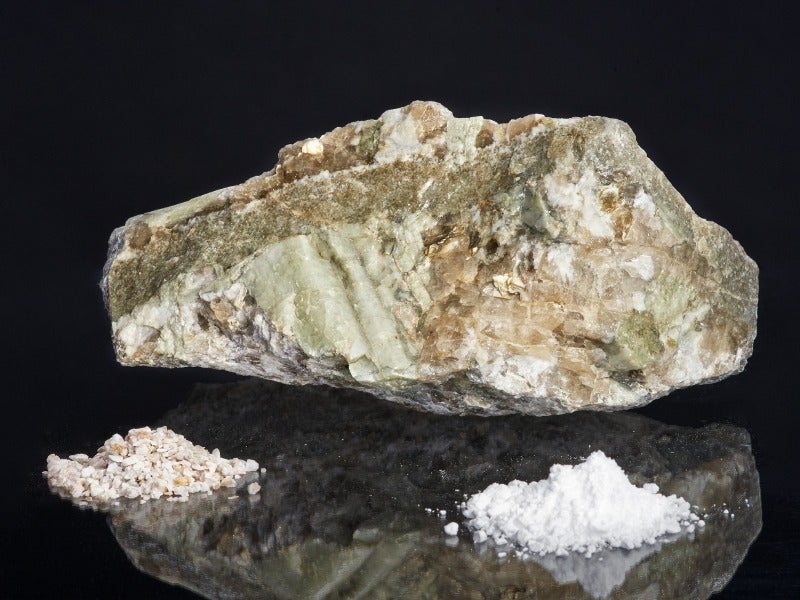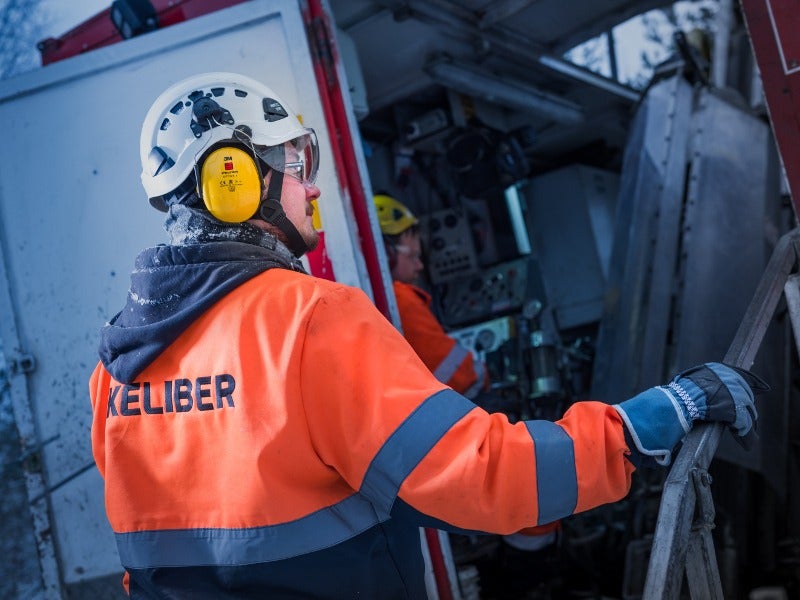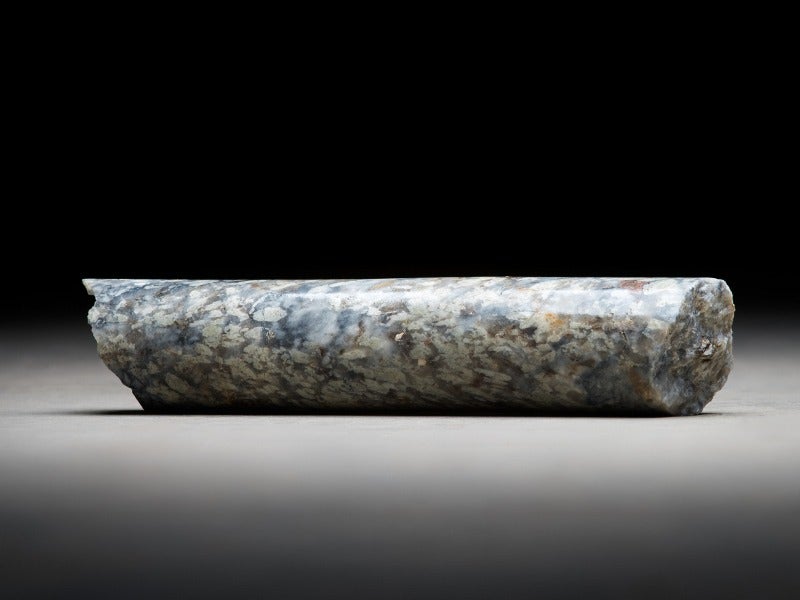Keliber lithium project is a proposed open-pit and underground mine located in the Central Ostrobothnia region of western Finland.
The project is estimated to require an investment of approximately €313m ($350m) and is expected to produce 11,000tpa of battery-grade lithium hydroxide.
Keliber Oy, a Finnish mining company and Nordic Mining associate, is developing the project, which is estimated to have a mine life of 20 years.
The pre-feasibility study of the project was completed in March 2016, while an updated definitive feasibility study (DFS) was completed in February 2019.
Construction of the lithium project is expected to be started in 2019, with production planned to be commenced in 2020.
Keliber lithium project geology and mineralization
The project consists of four-open pits namely Rapasaari, Syväjärvi, Outovesi, and Länttä and an underground deposit named Emmes. It also proposes to conduct extended underground mining at the Rapasaari and Lantta deposits.
The project mine sites are situated on the 350km-long Paleoproterozoic Pohjanmaa Schist Belt, which is hosted at the junction of Central Finland Granite Complex and the Vaasa Migmatite Complex.
Mica schists and gneisses, intercalated with metavolcanic rocks, form the major rock types identified at the Pohjanmaa Belt.
A basal till 1m to 7m-thick conceals the bedrock of the Länttä deposit, while the pegmatite veins contain metavolcanic intermediate rocks, metagreywacke schists, and plagioclase porphyrite.
Pegmatites found at Keliber are classified into the albite-spodumene subgroup of the LCT pegmatite family.
Keliber lithium project reserves
The total proven and probable ore reserves of the Keliber lithium project are estimated at 7.46Mt grading 1.04% lithium oxide, as of January 2019.
Mining method applied at Keliber project
The three open-pits will be mined by using conventional truck and shovel mining method, while bench and fill mining method will be applied at the underground deposit.
The underground deposit will be mined in 20m-high mining lifts and backfilled with waste rock from open-pit deposits.
Ore processing at Keliber lithium project
The Keliber processing plant will have a nominal throughput of 500,000tpa and a design throughput of 6000,000 tons per annum (tpa). It is expected to produce 12,500 tons per annum (11, 000t lithium carbonate equivalent (LCE)) of lithium hydroxide at nominal rate.
Ore from the deposits will be crushed in a primary crusher at the mine site and transported to the run-of-mine (ROM) ore stockpile at the Kalavesi concentrator. It will then be passed through a crushing and ore sorting plant, followed by a two-stage rod-ball mill grinding and classification.
The rod mill will operate in open-circuit and the ball mill in closed-circuit with wet screening. Oversize from the wet screening will be returned to the ball mill and undersize will be pumped to de-sliming cyclones.
The deslimed material will undergo pre-flotation and magnetic separation. The resultant product will be forwarded to the spodumene flotation unit to produce spodumene concentrate with a Li2O content of 4.5%.
The spodumene concentrate will be transported to the chemical plant in the Kokkola Industrial Park (KIP). The alpha spodumene concentrate will be converted into beta by roasting in a rotary kiln. The converted spodumene will be leached with soda in an autoclave and hydrometallurgical processing plant to produce lithium carbonate.
Infrastructure
The Kalavesi site of the project can be accessed from Highway 13 and from the port of Kokkola, while access roads from the mine to the concentrator will also be constructed.
Power supply will be sourced by Korpelan Voima, a local power distributor. Two 20kV transmission lines will be constructed to connect the supplier substation with the Kalavesi site, while 20kV transmission lines will be constructed to supply power to the mine site.
Potable water will be sourced from the Kaustinen municipality water pipeline, while raw water will be sourced from the Vissavesi Lake.
Contractors involved
Hatch was appointed as the technical co-ordinator for the Keliber lithium project DFS, while Pöyry Finland prepared the ore reserve estimates.
GTK Mintec, Outotec, and Metso conducted test works to identify the lithium carbonate production process.
Ahola Transport has signed a contract to analyze and identify a sustainable logistics solution for the project.





